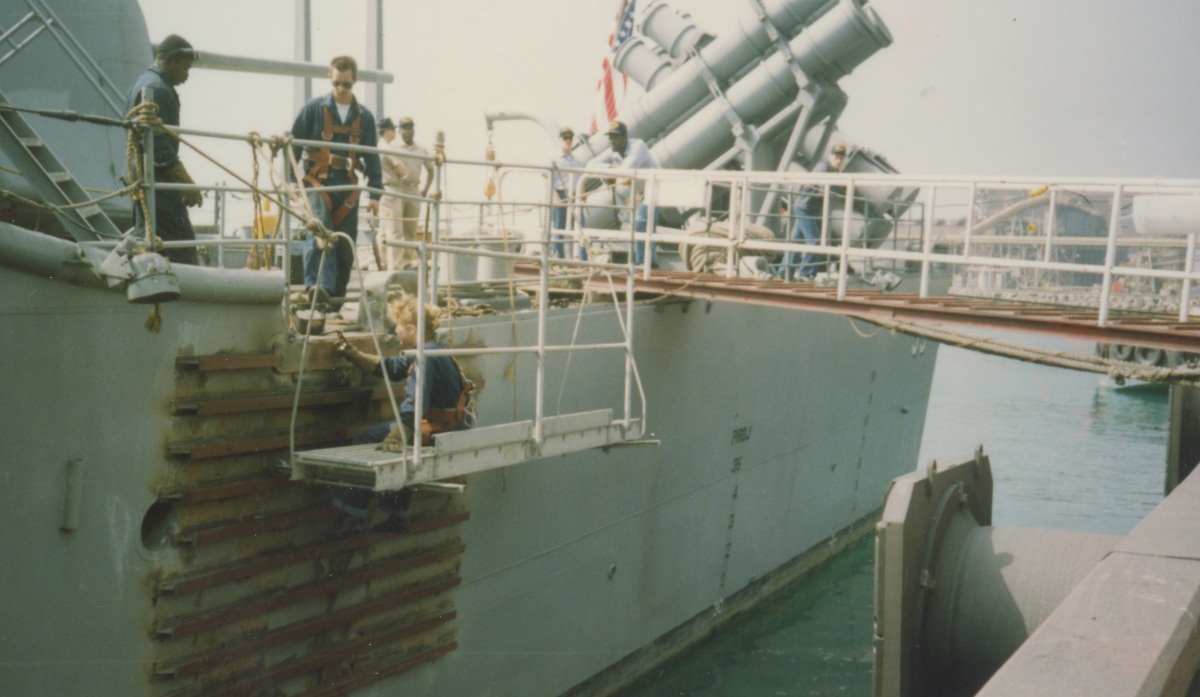Scott Kenny
ACCESS: Above Top Secret
- Joined
- 15 May 2023
- Messages
- 5,999
- Reaction score
- 4,846
I think I'm too used to thinking in terms of full load displacement...
Definitely designed to go in and brawl with any Japanese super cruisers, though.
That IS a battleship, just with 12" super guns (equal to 14")Design CA2-D of the Alaska preliminary designs displaced 37,800 tons, but at that point it very much at the Battleship end of the scale, with thicker belt armour than an Iowa, the machinery of an Iowa, and a Battleship-style sandwich underwater protection system.
View attachment 710630
Definitely designed to go in and brawl with any Japanese super cruisers, though.
Adding that 4th turret really added a lot of length and mass, but I don't think it added all that much capability. 70ft longer than a Des Moines, same beam and draft. And I'd swear that most of the length added was amidships, not aft...The closest a heavy cruiser got to 20,000 tons (aside from Alaska preliminaries), was the Treaty unlimited design CA-C, which was intended to be protected against super-heavy 8-inch shells, have a speed of 35 knots.
View attachment 710631


